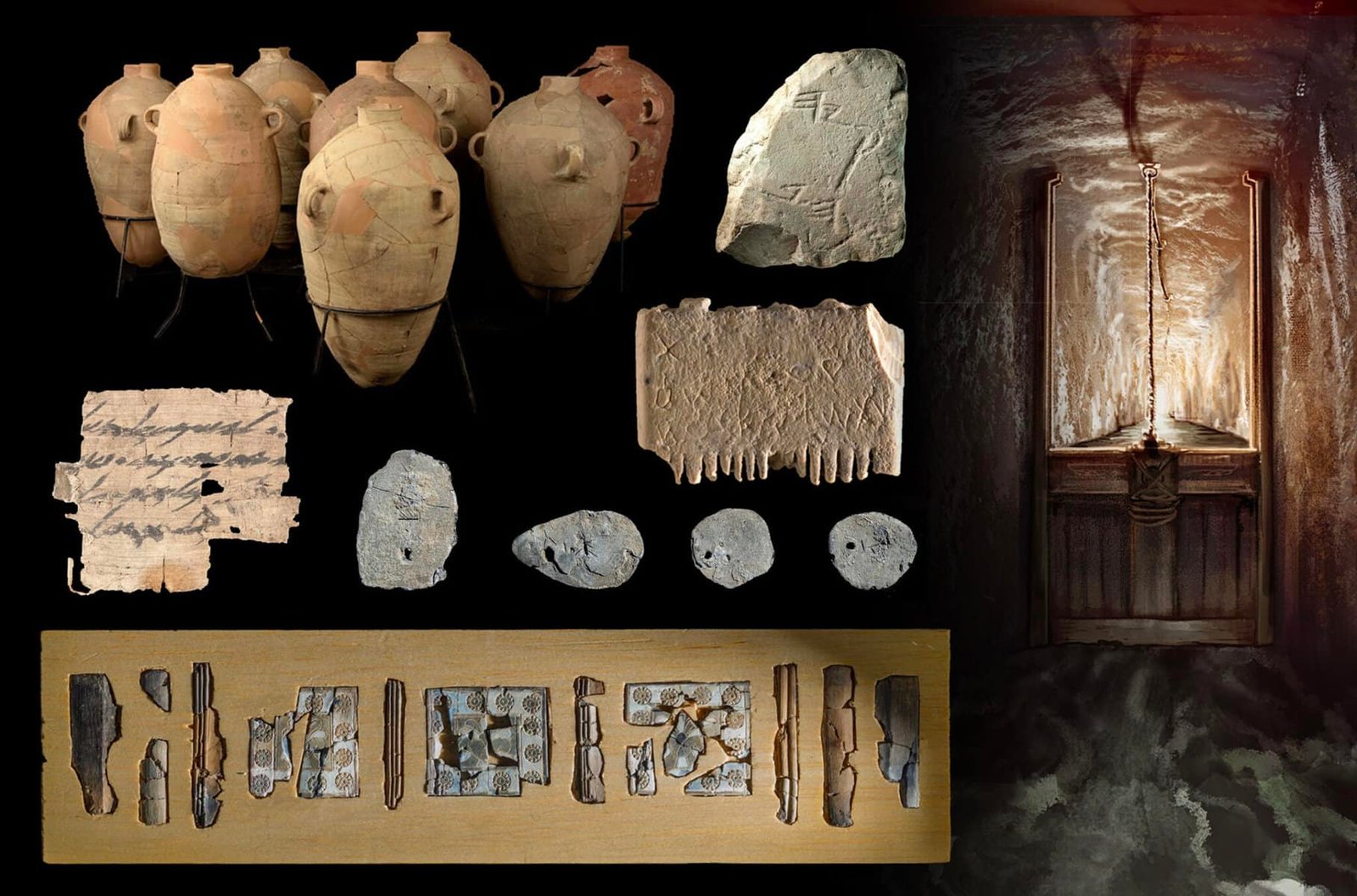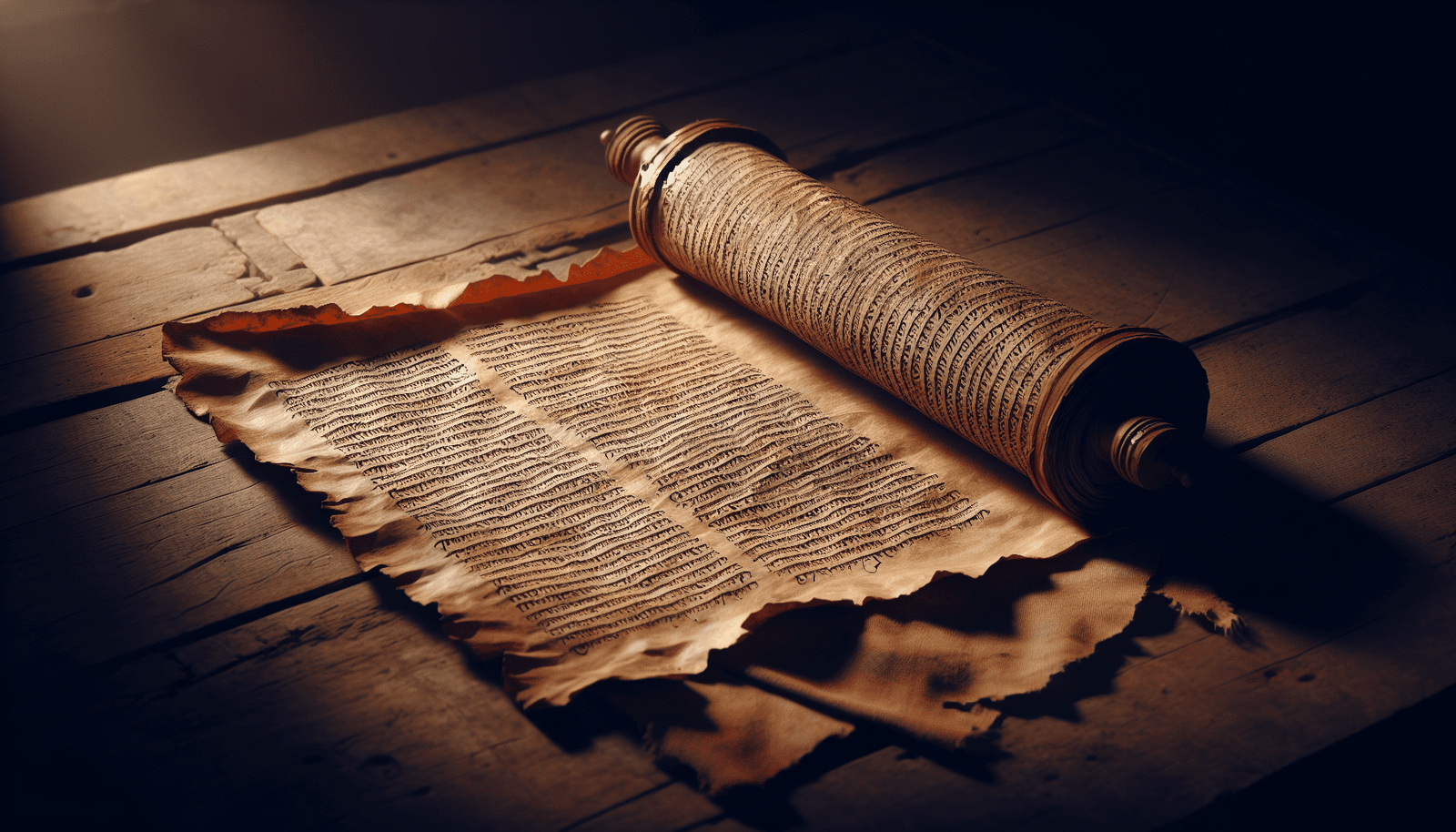In the labyrinthine world of biblical archaeology, scholars employ a myriad of methods to unearth the mysteries hidden beneath layers of time.
From the meticulous stratigraphy to the innovative remote sensing technologies, each technique offers a unique perspective on the past.
But how do these tools truly illuminate the stories of old and shape our understanding of ancient civilizations?
Join the discourse on the fascinating methods used in biblical archaeology and discover the keys to revealing the secrets of history.
Surveying Techniques
Surveying techniques in biblical archaeology play a fundamental role in uncovering and comprehending the layout and features of ancient sites. In the field of biblical archaeology, conducting surveys is essential for gaining insights into the historical context of a site. Two primary surveying techniques utilized are surface survey and aerial survey.
Surface survey is an archaeological method that involves systematically scanning the ground surface for visible artifacts, features, or structures. This method allows researchers to identify and document surface-level remains without the need for excavation. By conducting a surface survey, archaeologists can establish an initial understanding of the site's layout and distribution of materials.
Aerial survey, on the other hand, utilizes drones, helicopters, or satellites to capture high-resolution images of archaeological sites from above. This technique provides researchers with a bird's eye view of the landscape, enabling them to identify subtle features that may not be visible from the ground. Aerial surveying is particularly useful for mapping out large sites and detecting patterns that aren't apparent at ground level.
Both surface survey and aerial survey are essential for site mapping and excavation planning in biblical archaeology. These surveying techniques help archaeologists determine where to focus their excavation efforts, identify areas of interest, and develop thorough strategies for uncovering and interpreting the material culture of ancient civilizations.
Excavation Methods
Employing various techniques and methodologies, excavation methods in biblical archaeology explore the stratigraphy of soil layers to unravel the chronological sequence of human activities.
- Stratigraphy Analysis: By studying the different layers of soil, archaeologists can determine the relative ages of artifacts and structures found within them, providing insights into the historical timeline of the site.
- Grid System Implementation: Dividing excavation sites into a grid system allows for a systematic approach to digging, recording, and analyzing findings. This method guarantees that the spatial relationships between artifacts and features are accurately documented, aiding in the reconstruction of the site's layout.
- Trenching Technique: Digging trenches at specific locations within the site exposes different layers of soil, enabling archaeologists to observe changes over time and understand the cultural context in which artifacts were used or structures were built.
- Uncovering Artifacts and Structures: Through excavation, researchers unearth various artifacts and structures buried beneath the surface. These material remains provide valuable evidence for reconstructing past environments, activities, and societal developments, shedding light on the practices and beliefs of ancient civilizations.
Dating Techniques
Utilizing various sophisticated scientific methods, biblical archaeologists employ dating techniques to accurately determine the ages of organic materials and artifacts found within excavation sites. Radiocarbon dating is a fundamental method in biblical archaeology, allowing researchers to date organic materials like wood or charcoal by measuring the decay of carbon isotopes. Dendrochronology, also known as tree-ring dating, provides precise dating by analyzing annual growth rings in wooden artifacts. Thermoluminescence dating measures the accumulated radiation dose in ceramics or burnt stones, assisting in dating archaeological finds. Potassium-argon dating is utilized to determine the age of volcanic rock layers or minerals associated with archaeological materials. Optically stimulated luminescence dating helps in dating sediments or quartz crystals by measuring stored energy from natural radiation exposure.
| Dating Technique | Description | Application |
|---|---|---|
| Radiocarbon dating | Determines age of organic materials through carbon decay processes | Wood, charcoal dating |
| Dendrochronology | Analyzes tree rings for precise dating of wooden artifacts | Dating based on annual growth rings in trees |
| Thermoluminescence dating | Measures accumulated radiation dose in ceramics or burnt stones for dating purposes | Dating archaeological finds like ceramics or burnt stones |
| Potassium-argon dating | Used to determine the age of volcanic rock layers or minerals associated with archaeological materials | Dating volcanic rocks or minerals |
| Optically stimulated luminescence | Helps in dating sediments or quartz crystals by measuring stored energy from natural radiation exposure | Dating sediments or quartz crystals based on natural radiation exposure |
Artifact Analysis
Studying various artifacts such as pottery, tools, coins, and inscriptions is a fundamental aspect of biblical archaeology, shedding light on ancient cultures and their practices.
- Detailed Examination: Archaeologists meticulously examine artifacts to determine their function, origin, and significance, providing insights into the daily lives of ancient people and the purposes of various objects.
- Pottery Analysis: Pottery holds a significant role in artifact analysis as it helps in dating strata layers within archaeological sites. By studying pottery styles, techniques, and decorations, researchers can track cultural changes over time.
- Artifact Typology: Categorizing artifacts through typology and comparing them with known examples enable archaeologists to classify and interpret findings accurately. This method aids in understanding the context and historical significance of each artifact.
- Reconstructing Ancient Civilizations: Through artifact analysis, researchers can reconstruct various aspects of ancient civilizations such as daily routines, religious beliefs, trade networks, and technological advancements. This reconstruction provides a glimpse into the past and helps in comprehending the cultural evolution of societies throughout history.
Remote Sensing Technologies
Remote sensing technologies play a pivotal role in modern biblical archaeology, revolutionizing the way researchers explore and analyze ancient sites. Tools such as ground-penetrating radar, lidar, and satellite imagery have become essential in uncovering hidden features without disturbing the site. Ground-penetrating radar, for instance, allows for non-invasive exploration beneath the surface to identify buried structures or artifacts. This technology provides valuable insights into the subsurface composition of archaeological sites, aiding in the understanding of past civilizations.
Lidar technology complements ground-penetrating radar by offering detailed 3D maps of archaeological sites. By using laser scanning, researchers can create highly accurate visual representations of ancient structures and landscapes, enhancing site analysis and documentation. Satellite imagery, on the other hand, provides researchers with high-resolution aerial views of archaeological sites, enabling them to identify ancient settlements, track environmental changes, and assess the archaeological potential of specific areas.
Through the integration of these remote sensing technologies, researchers can conduct thorough site mapping, detect hidden features, and make informed decisions about excavation strategies. The ability to explore archaeological sites in a non-invasive manner has significantly expanded the field's capabilities, offering new opportunities for understanding and preserving our shared human heritage.



